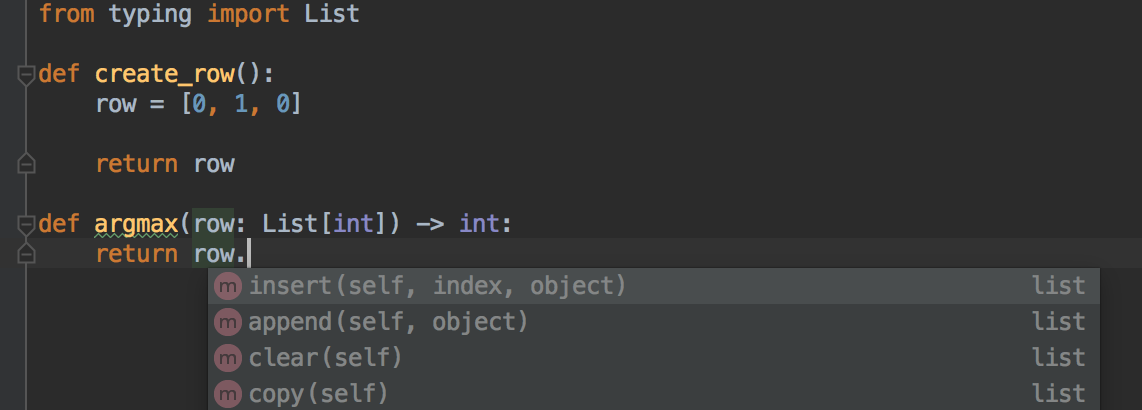AI Paris 2019 en une image
Posté le Mon 17 June 2019 dans Meeting • Taggé avec Python • 3 min read

Cette semaine, j'étais à l'événement AI Paris 2019 pour représenter Kernix. Nous avons eu d’excellentes discussions avec beaucoup de personnes et j’ai à peine eu le temps de faire le tour pour voir les stands des autres entreprises. Voyons comment avoir un aperçu des thèmes principaux de cet événement.
Continuer à lire




